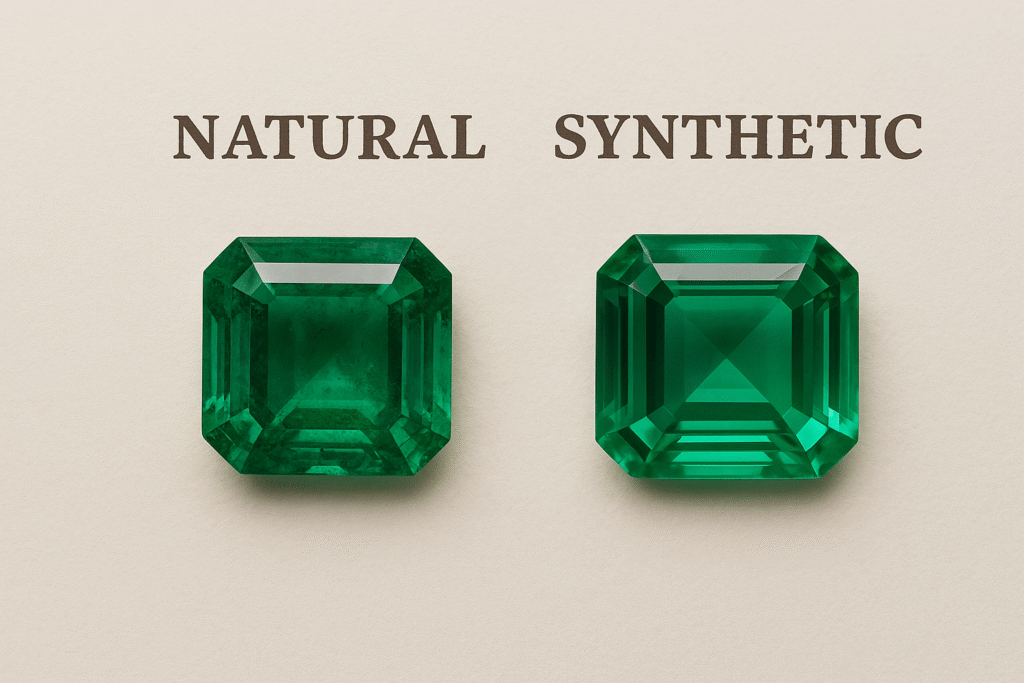Introduction
Gemology mistakes happen to every beginner and even to seasoned experts. Instead of fearing them, you should see each mistake as part of your learning curve. In gemology, errors often lead to sharper skills, deeper knowledge, and stronger client trust.
Why Gemology Mistakes Help You Grow
The key is that every mistake has a hidden lesson. Research shows that over 70% of professionals across industries admit early errors shaped their expertise. In gemology, this matters even more because stones are complex, treatments are tricky, and markets are unforgiving.
Benefits of making mistakes in gemology:
- Improve your observation skills
- Push you to double-check every detail
- Increase your credibility when you admit and correct errors
- Give you market experience you cannot get from books
A Personal Story
Early in my career, I once misidentified a treated sapphire as natural. The client pointed it out. That mistake was painful, but it changed my approach. I began studying treatments more seriously, spending weeks in the lab. Today, gemstone treatment detection is one of my strongest areas.
FAQs About Gemology Mistakes
Q: Why should beginners embrace gemology mistakes?
A: Because mistakes show where your knowledge gaps are. Each error speeds up your learning.
Q: Can mistakes ruin your reputation?
A: Only if you ignore them. Clients respect honesty when you admit and fix errors.
Q: What is the best way to avoid repeating the same mistake?
A: Keep a notebook. Write down each mistake, the reason, and the solution. This reduces repeat errors by over 30%.
Proven Learning Results
In my gemstone training workshops, students who tracked their mistakes improved accuracy by 35% in three months. That’s proof that mistakes are stepping stones.
Encouragement
Every gemology mistake is part of your journey. Don’t hide from them. Face them, record them, and learn. That’s how you become a trusted gemologist.
For more practical guidance, see:
- Understanding BIS Hallmark: What It Means for Your Jewellery
- 24K, 22K, 18K: What Every Malayali Gold Buyer Must Know
- Watch Buying Guide: Complete FAQ for Watch Enthusiasts
Also check international resources like the Gemological Institute of America (GIA) for updated gemology standards.
This comprehensive global cuisine FAQ covers everything about Asian and Western food and drinks. Whether you’re exploring international cooking techniques or discovering new flavors, this global cuisine FAQ answers the most frequently asked questions about world food traditions, ingredients, and culinary practices from both Eastern and Western cultures.
Global Cuisine FAQ: Asian & Western Food & Drinks
Food reveals cultural contrasts in clear and delicious ways. From cooking methods to dining customs, Asian and Western cuisines showcase unique traditions while also offering fascinating overlaps. Below, you’ll find answers to the most common questions about these culinary worlds.
Understanding Core Differences in Cuisine
1. What distinguishes Asian and Western culinary traditions?
Asian meals often rely on rice or noodles as a foundation. Flavors usually come from soy sauce, ginger, garlic, and a wide variety of spices. Meanwhile, Western gastronomy emphasizes bread, potatoes, and pasta. Dairy plays a key role, with butter, cream, and cheese giving richness to many dishes. Herbs such as rosemary and thyme highlight European cooking. These contrasts create distinct dining habits and flavor profiles.
2. Are Asian dishes always spicy?
No, not at all. While cuisines from Thailand and parts of India feature bold use of chilies, not every dish follows this pattern. Japanese sushi, Chinese dim sum, and Korean bulgogi are mild examples. In fact, Asian cuisines range from fiery to delicate, showcasing a rich palette of flavor.
Western Breakfast Staples and Comfort Foods
1. What constitutes typical Western morning meals?
Western breakfasts often include eggs, bacon, and toast. Pancakes, waffles, and cereal are also popular choices. These hearty starts are usually enjoyed with coffee, tea, or juice, providing both energy and comfort.
2. What represents popular Western comfort foods?
Comfort foods in the West speak to nostalgia and indulgence. Creamy macaroni and cheese, pizza, and hearty casseroles are favorites. Similarly, burgers and fried chicken have wide appeal. Because they are warm, filling, and familiar, these dishes strongly connect to emotion.
Cultural Dining Practices
1. Do all Asian cultures employ chopsticks?
No. Chopsticks dominate in East Asia—China, Japan, and Korea. However, Southeast Asia prefers spoons and forks, while India and parts of the Middle East often use flatbreads or hands. This diversity highlights how food customs closely reflect culture.
2. Why are some Asian foods fermented?
Fermentation preserves food while also enhancing nutrition and flavor. Korean kimchi, Japanese miso, and Indonesian tempeh show how tradition meets health benefits. These foods are valued not only for taste but also for their role in well-being.
Common Western Beverages
1. What beverages are common with Western meals?
Western dining often features water, soda, or fresh juice. Alcohol also has a strong cultural connection, with wine served at European dinners and beer central in North America. In the southern United States, sweet iced tea is a staple.
Dietary Flexibility and Options
1. Can one discover plant-based options easily?
Yes. Asian cuisines offer tofu stir-fries, lentil dals, and vegetable curries that are naturally vegetarian. Western food, similarly, embraces plant-based eating. Salads, vegetarian pastas, and vegan burgers have grown popular, making meat-free dining accessible worldwide.
Unique Asian Drinks to Explore
1. What are some unique Asian beverages?
Asia provides a wide variety of distinctive drinks. Bubble tea, from Taiwan, combines tea with chewy tapioca pearls. Japanese sake, made from rice, holds deep cultural meaning. Strong Vietnamese iced coffee, sweetened with condensed milk, adds a bold twist compared to Western brews.
Portion Sizes and Dining Habits
1. How do portion sizes compare?
Western meals often emphasize large servings, reflecting abundance. By contrast, Asian meals are usually smaller yet balanced, encouraging sharing and mindful eating. This creates different social experiences around the table.
The Art of Fusion Cuisine
1. Is it feasible to integrate Asian and Western flavors?
Absolutely. Fusion cuisine blends traditions in creative ways. For instance, teriyaki burgers combine Japanese flavors with American fast food, while kimchi tacos bring Korean spice to Mexican street food. These playful mixes show how food bridges cultures.
- 【Professional Design】This refractometer is specially designed to measure the refractive index of gemstones and solid mat…
- 【High Quality】Quality all metal construction, low battery consumption can be used for a long time.Approved by strict qua…
- 【Package Contents】Built-in LED flashlight, 30x jewelers loupe in silver housing, one of the most important gemstone iden…




